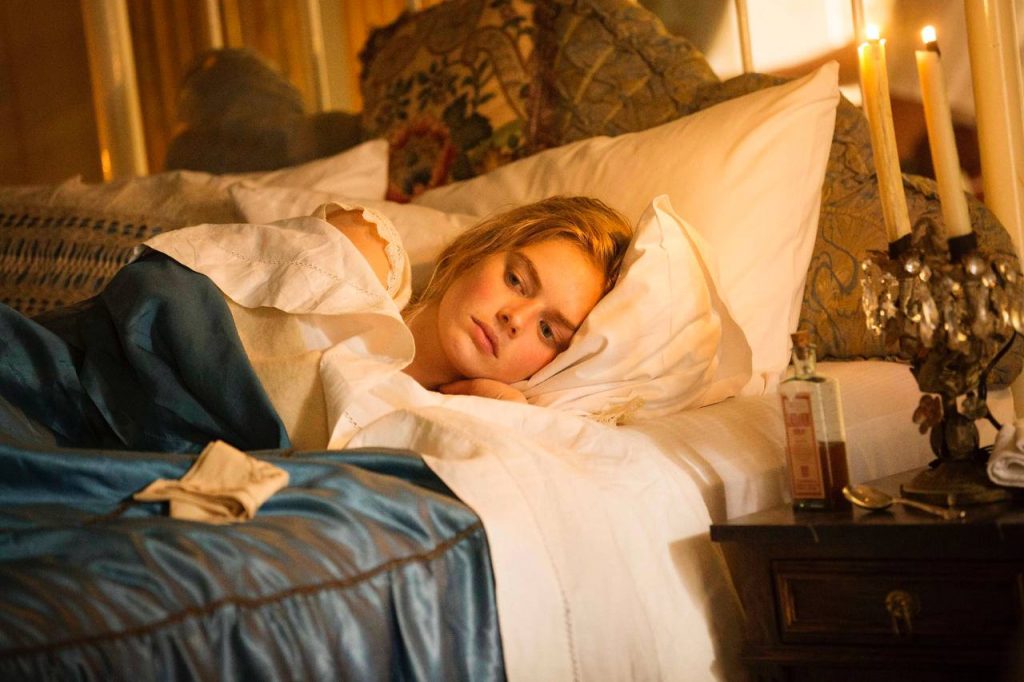We are used to dividing people into larks, owls and even pigeons according to chronotype. This is not about birds, of course, but about biorhythms. For some, it is easiest to do important things in the first half of the day, while others feel the peak of activity and a surge of creative energy in the evening hours. And, as always, there is an intermediate option. Physiologists believe that such a division occurred in ancient times, when some of our ancestors had to stay awake at night to protect their shelters from animals and other dangers. We tell you who finds it easier to adapt to the modern world and why.
Larks are optimistic and communicative

Early risers display much stronger leadership qualities. They know how to cooperate, make useful connections and generally look to the future with hope and a smile. Owls, on the contrary, focus more on the things they cannot achieve. Therefore, they are more likely to become depressed. They are more individualistic. It is easier for them to work alone than in a team.
Larks are more productive

Thanks to their planning skills, larks manage to get many things done, even if it seems to them that they have broken all agreements. Owls like a flexible schedule, often procrastinating and leaving tasks for later. It is easier for them to work with inspiration than to discipline themselves.
Owls are more prone to bad habits

Representatives of the so-called dark triad like to stay awake at night: narcissists, Machiavellians and psychopaths. Among them there are many people with mental disorders and a tendency to bad habits, especially smoking and alcohol use.
Owls are the best lovers

Everything is simple here. Skylarks are too tired during the day to experiment in bed all night, but owls, on the contrary, get a second wind. But this type of sexual activity also has a downside: Owls are more loyal to deception.
Owls are extremely intelligent and creative

Owls have, on average, higher intelligence than larks. Psychologists Richard Roberts and Patrick Kyllonen reached this conclusion after testing 420 people. As a result, the responses of participants with a nocturnal chronotype turned out to be more creative and smarter. It turns out that many like to read at night. At the same time, larks were more impulsive and impatient during the interview process.
Larks have better health

Early birds have more vitality than night birds. This is because they usually have sufficient levels of melatonin (the sleep hormone), which regulates circadian rhythms. With its deficiency, the person experiences pressure changes, digestion and heartbeat are disrupted, and the immune system and nervous system are weakened. Since owls often wake up during the day (especially on weekends), they suffer from melatonin deficiency, thus putting their health at risk.
There are more billionaires among early risers

The proverb says: “To the early bird, God gives to him.” In fact, most billionaires start their day with the first rooster. These include Mark Zuckerberg, Jeff Bezos, Anna Wintour and Steve Jobs. For example, Elon Musk wakes up at four in the morning. True, his nocturnal activities on social networks classify him more as a night owl; After all, Tesla’s founder decides all important matters in the morning. This just goes to show that habits can be changed. Moreover, according to research conducted by scientists at the University of Southampton, night owls, on average, have higher salaries and financial situations than larks. Perhaps because many like to work at night. After all, that’s when original ideas come to them.
Owls are more tolerant than larks

As practice shows, the sleep of larks is more sensitive than owls. That’s why even the slightest thing disturbs them. Owls are accustomed to adapting, because they often go to work in the morning, although they are tired. They know their mistakes, so they are more tolerant towards people. Larks are more demanding. Unlike night owls, who are used to enjoying the process, morning owls are results-oriented.
Larks are more disciplined

Owls are late much more often than larks. It is basically very difficult for them to distribute their workload throughout the day because they are less productive than others during working hours. Therefore, a flexible schedule is more suitable for them. Larks, on the other hand, really dislike missing deadlines and piling up work, as they will have to stay up late beyond working hours when they feel squeezed like a lemon.
Both chronotypes are productive at inappropriate hours

Paradoxically, experiments have shown that under disturbing and even slightly stressful conditions, both owls and larks become more active and produce results that exceed their expectations. Accordingly, intuition helps owls in the morning, and larks become more creative at night.
Source: People Talk
Mary Crossley is an author at “The Fashion Vibes”. She is a seasoned journalist who is dedicated to delivering the latest news to her readers. With a keen sense of what’s important, Mary covers a wide range of topics, from politics to lifestyle and everything in between.





